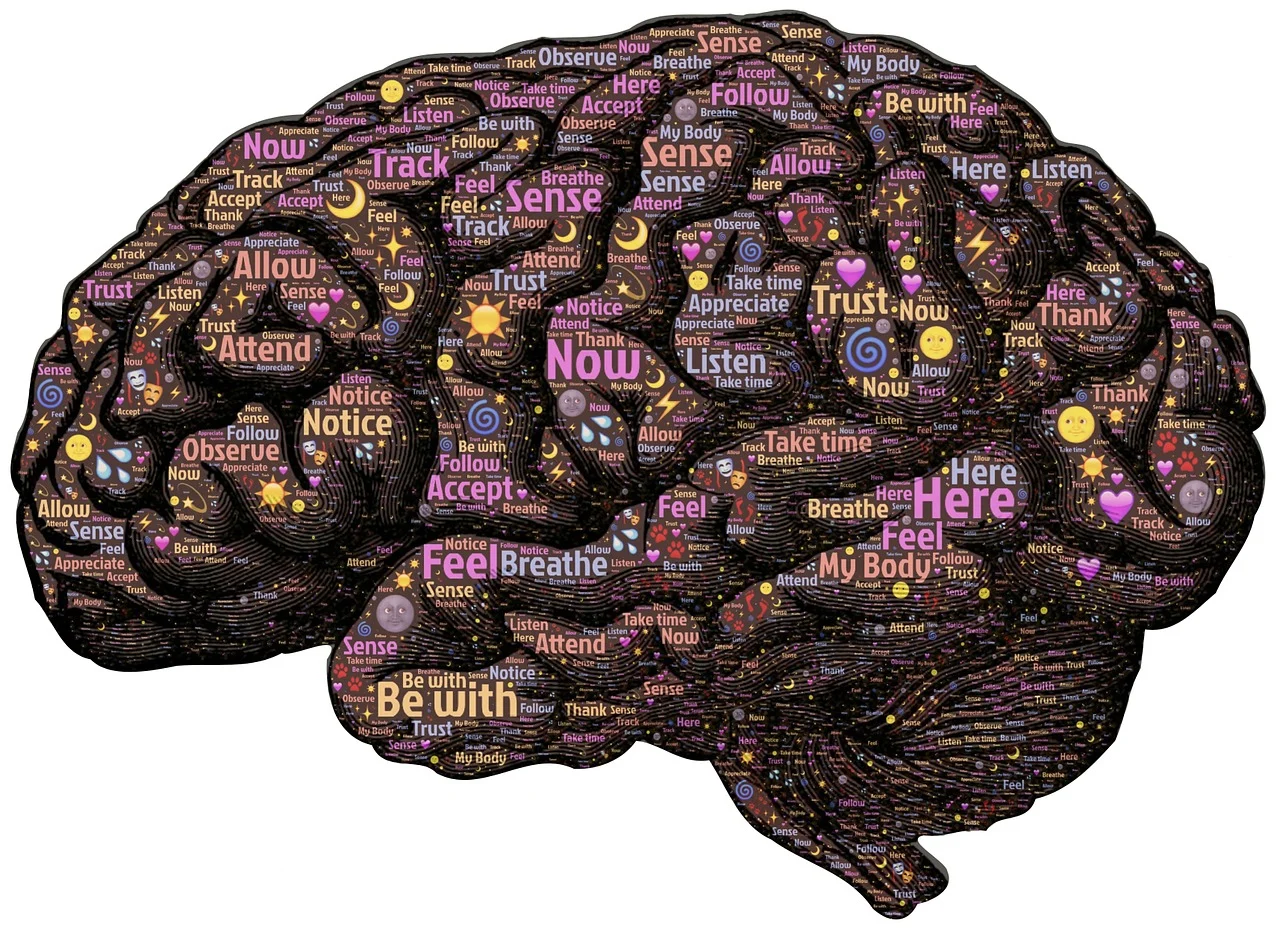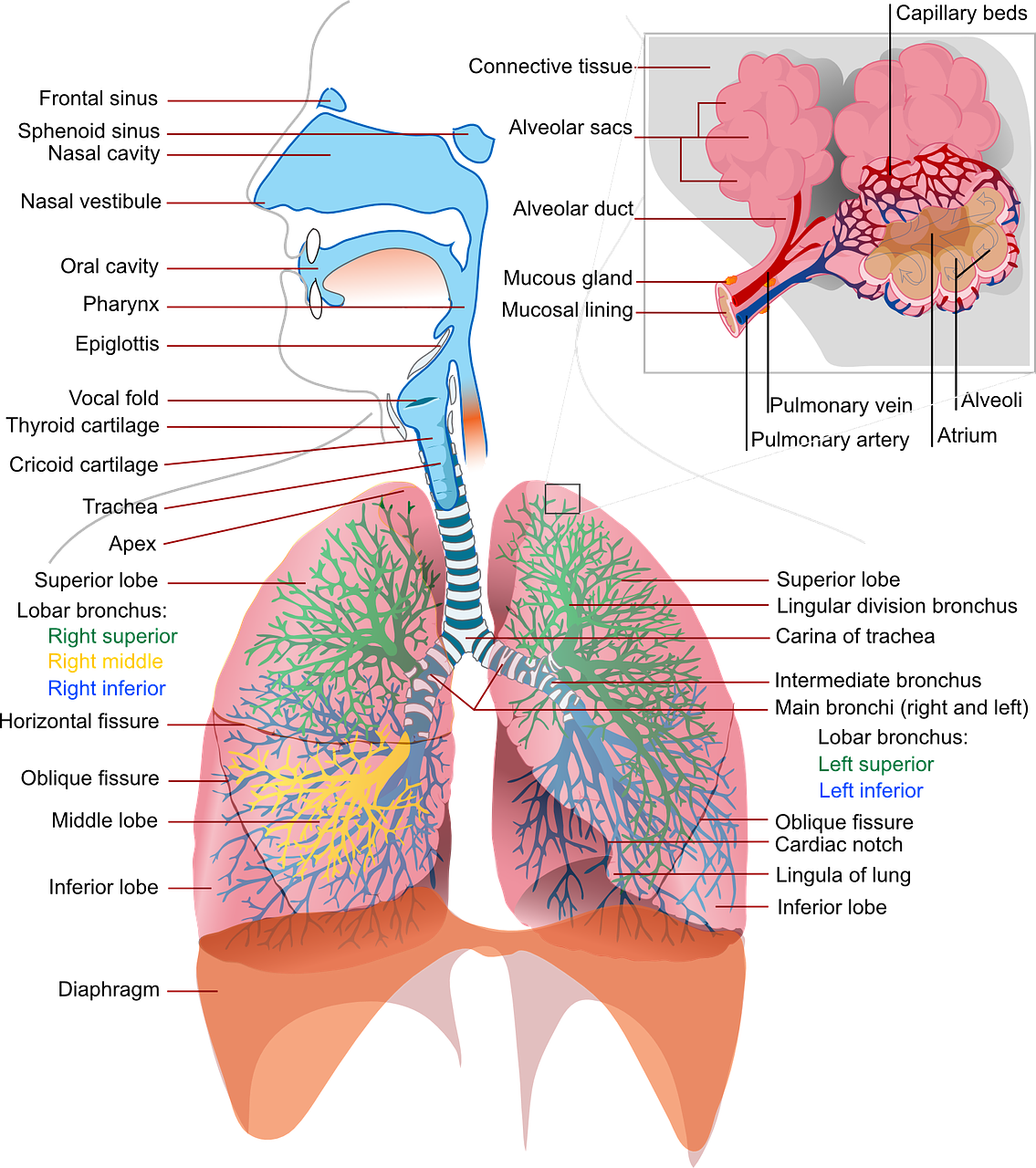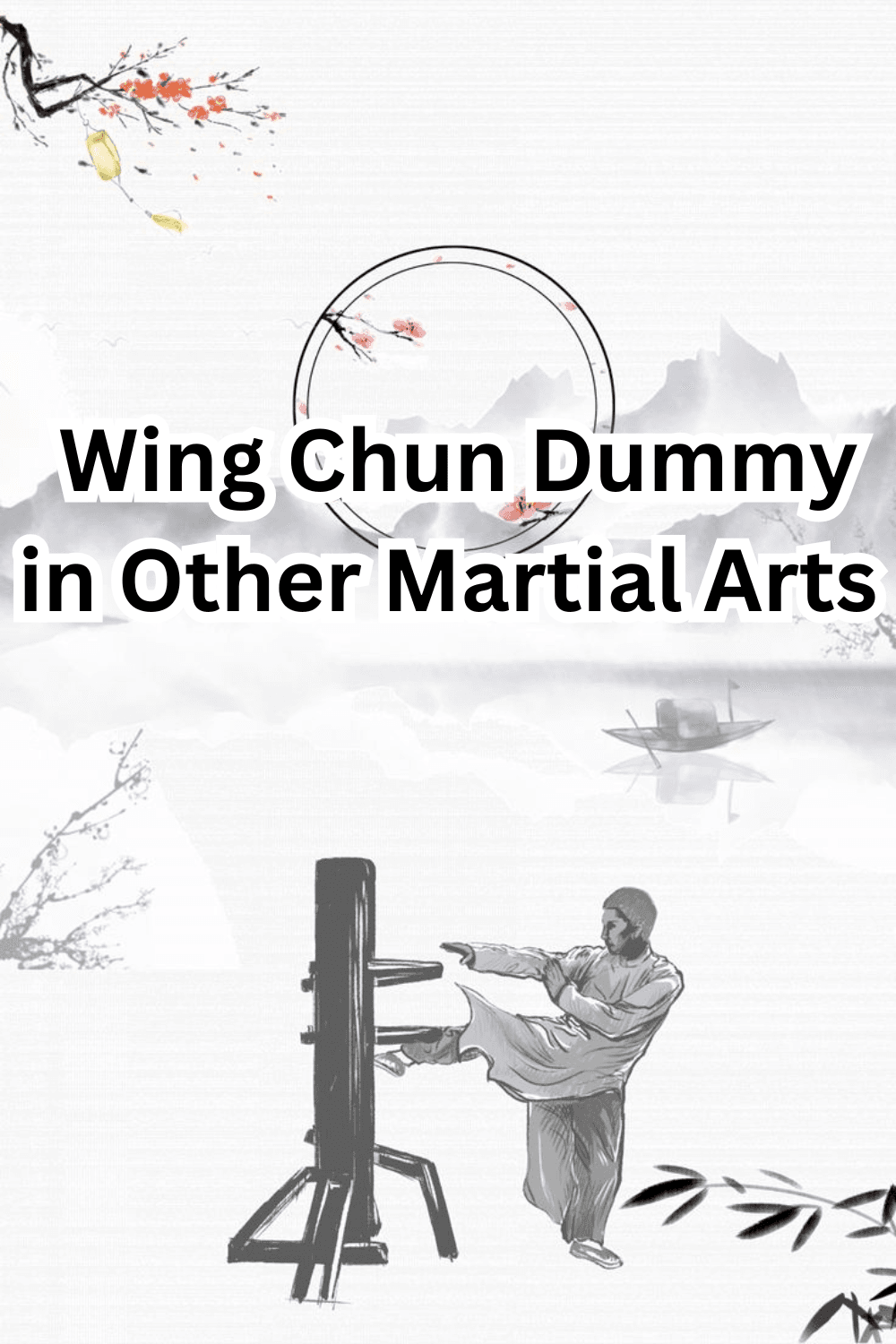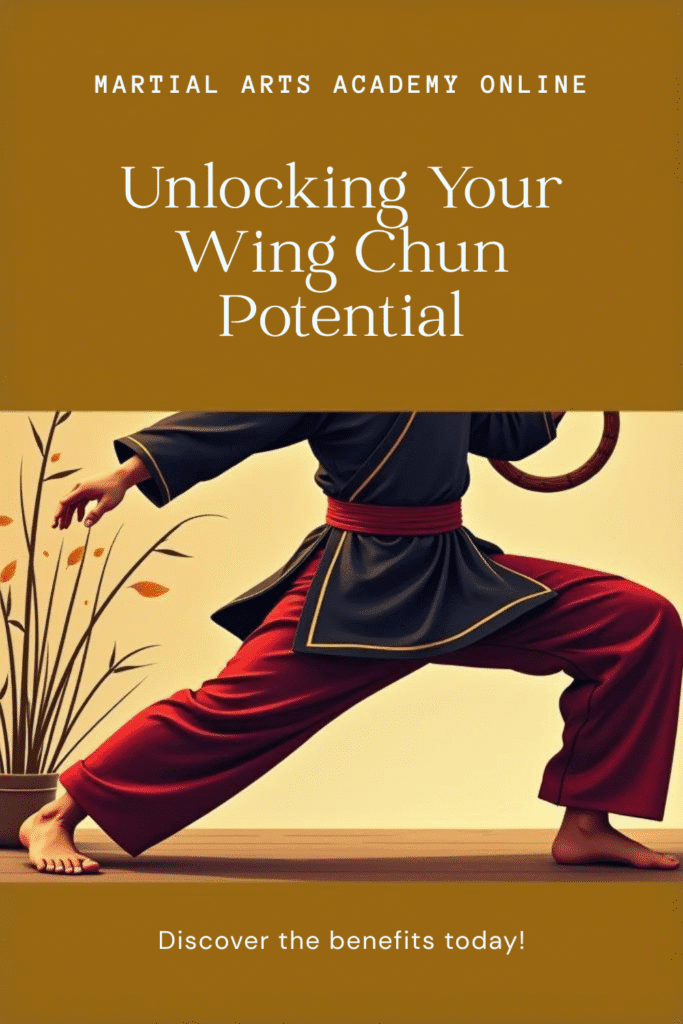Wing Chun, a traditional Chinese martial art, is renowned for its emphasis on close-range combat and efficiency (Muscles Relaxation).
Originating in the Southern Shaolin Temple and later refined in Hong Kong, Wing Chun focuses on direct, practical techniques designed to neutralize an opponent quickly.
Unlike other martial arts that may rely on brute strength or elaborate maneuvers, Wing Chun prioritizes precision, speed, and economy of motion.
An essential aspect of Wing Chun practice is the concept of relaxation. In the context of this martial art, relaxation does not imply a lack of vigilance or preparedness.
Instead, it refers to maintaining a state of mental calmness and physical looseness, which allows for fluid movements and quick, effective responses.
The importance of staying calm and keeping muscles tension-free cannot be overstated, as it directly impacts one’s ability to execute techniques efficiently and adapt to dynamic combat situations.
When muscles are relaxed, they are more responsive and less prone to fatigue.
Tension in the muscles can slow down movements, reduce flexibility, and increase the risk of injury.
In a fight or during practice, a relaxed state enables practitioners to react swiftly and with precision, enhancing both defensive and offensive capabilities.
Moreover, mental calmness helps in making better tactical decisions and maintaining focus under pressure.
Wing Chun practitioners are trained to develop this relaxed state through various exercises and forms.
Techniques such as Chi Sau (sticking hands) and the practice of forms like Siu Nim Tau emphasize relaxation and proper body mechanics.
By ingraining these principles, practitioners can achieve a harmonious balance between strength and relaxation, optimizing their performance in both training and real-life combat scenarios.
Understanding the importance of relaxation in Wing Chun sets the foundation for mastering this martial art.
It is a fundamental principle that influences every aspect of practice and application, underscoring the need for a calm mind and tension-free muscles to maximize effectiveness and efficiency.

Understanding the Role of Mental Calmness
Mental calmness serves as a pivotal element in the practice of Wing Chun and during combat situations.
A composed mind allows practitioners to react more efficiently and make well-considered decisions in the heat of the moment.
Techniques such as mindfulness, meditation, and controlled breathing are instrumental in achieving this state of inner tranquility.
Mindfulness, the practice of staying present and fully engaging in the current moment, can significantly enhance one’s ability to remain calm.
By focusing on the present, practitioners can prevent their minds from wandering to past mistakes or future anxieties, thus maintaining a clear and focused mind.
Regular mindfulness exercises, such as body scans and mindful breathing, can help Wing Chun practitioners cultivate this invaluable skill.
Meditation further deepens mental calmness.
Through regular meditation sessions, practitioners can train their minds to enter a state of calmness more effortlessly.
Techniques such as guided imagery and progressive muscle relaxation can be particularly beneficial.
These methods not only reduce stress but also improve concentration and emotional regulation, crucial for handling the pressures of a fight.
Controlled breathing is another effective technique to manage mental calmness.

By focusing on deep, rhythmic breaths, practitioners can activate the parasympathetic nervous system, which induces a state of relaxation.
This can be particularly useful during intense moments of training or combat, helping to maintain muscle relaxation and prevent unnecessary tension.
Anecdotal evidence from seasoned Wing Chun practitioners underscores the importance of mental calmness.
Many recount instances where maintaining a calm and focused mind allowed them to execute techniques with greater precision and efficiency, often turning the tide in challenging situations.
The psychological aspect of Wing Chun thus plays a crucial role in enhancing physical performance, demonstrating that mental calmness and physical prowess are inextricably linked.
Techniques for Physical Relaxation
Maintaining physical relaxation is pivotal in Wing Chun, as it enables fluidity of movement and efficient energy use.
To achieve this, practitioners can adopt several exercises and practices specifically designed to keep muscles relaxed.
Stretching routines are fundamental in preparing the body for the physical demands of Wing Chun.
Dynamic stretches, such as arm swings and leg kicks, increase blood flow and flexibility, while static stretches, like holding a deep squat or a forward bend, help to elongate the muscles and release tension.
Incorporating these stretches into your pre-training routine can significantly reduce muscle stiffness and enhance overall performance.
Relaxation techniques, such as deep breathing and progressive muscle relaxation, also play a critical role.
Deep breathing exercises involve inhaling deeply through the nose, allowing the diaphragm to expand fully, and exhaling slowly through the mouth.
This not only calms the mind but also helps release physical tension.
Progressive muscle relaxation entails tensing a specific muscle group for a few seconds and then gradually releasing the tension.
This method, when practiced regularly, can train the body to recognize and minimize muscle tension more effectively.
Specific Wing Chun exercises, like Chi Sao (Sticky Hands), are instrumental in teaching the concept of ‘soft power.’
Unlike brute force, which relies on sheer strength, ‘soft power’ focuses on the efficient use of energy, leveraging relaxation and sensitivity to control and redirect an opponent’s force.
Chi Sao drills help practitioners develop a relaxed state of readiness, enabling them to respond quickly and fluidly to any given situation.
Incorporating these techniques into your Wing Chun practice can help maintain a state of physical relaxation.
enhancing your ability to stay calm and keep muscles tension-free, whether in training or in a fight.
By focusing on stretching, relaxation methods, and the principle of ‘soft power,’ you can optimize your physical and mental readiness, ensuring a more effective and enjoyable Wing Chun experience.
Breathing Techniques to Maintain Calmness
Proper breathing techniques are fundamental in maintaining calmness and reducing muscle tension, especially when practicing Wing Chun or engaging in a fight.
One of the most effective methods is diaphragmatic breathing, also known as abdominal or belly breathing.
This technique involves breathing deeply into the diaphragm rather than shallowly into the chest.
To practice diaphragmatic breathing, sit or lie comfortably, place one hand on your chest and the other on your abdomen.

Inhale deeply through your nose, allowing your abdomen to rise while keeping your chest relatively still.
Exhale slowly through your mouth, feeling your abdomen fall.
This method helps in lowering stress levels, calming the mind, and reducing muscle tension.
Slow deep breaths are another critical technique. When under stress or in the midst of physical exertion, it is natural to take rapid, shallow breaths.
However, this can lead to increased tension and anxiety. Instead, focus on taking slow, deliberate breaths.
Inhale for a count of four, hold the breath for a count of four, and exhale for a count of four.
This rhythmic pattern can help regulate your nervous system, fostering a state of calmness and relaxation.
Breath control is the ability to manage your breath under various conditions, which is crucial during Wing Chun practice.
This involves being conscious of your breath and synchronizing it with your movements.
For instance, exhale during exertion such as striking or blocking, and inhale during periods of less intense activity.
This synchronization not only enhances performance but also ensures that your muscles remain relaxed and tension-free.
The importance of synchronized breathing with movement cannot be overstated.
In Wing Chun, every movement is an opportunity to practice breath control. By aligning your breath with your actions, you create a seamless flow that enhances both mental and physical agility.
This practice aids in maintaining calmness, improving focus, and ensuring that your muscle tension is minimized, allowing you to perform at your best.
The Role of Structure and Posture in Reducing Tension
In Wing Chun, the foundation of minimizing unnecessary muscle tension lies in mastering proper structure and posture.
The practice emphasizes maintaining a relaxed yet stable form, which is essential for efficient movement and energy flow.
Adopting the correct stances and alignment can significantly reduce muscle tension, allowing practitioners to remain calm and focused, both during training and in a real fight.
A key aspect of Wing Chun’s structural integrity is the stance known as “Yee Jee Kim Yeung Ma,” or the character two adduction stance.
This position involves keeping the feet shoulder-width apart, with the toes turned inward slightly.
The knees are bent and directed inward, promoting stability and rootedness.
This stance ensures that the body’s weight is evenly distributed, reducing strain on the muscles and allowing for a more relaxed posture.
Proper alignment extends beyond the stance.
The spine should remain straight, with the head held upright and the chin slightly tucked.
This alignment encourages a natural flow of energy and helps in maintaining balance.
The shoulders should be relaxed and naturally dropped, avoiding any unnecessary tension that could impede movement.
The elbows should be kept close to the body, allowing for quicker and more efficient arm movements.
The concept of “rooting” is integral to Wing Chun and plays a crucial role in maintaining stability and relaxation.
Rooting involves feeling a connection between the body and the ground.
As if one is drawing energy from the earth.
This connection provides a solid foundation.
Enabling practitioners to remain grounded and composed, even under pressure.
Rooting helps in absorbing and redirecting force.
Reducing the need for excessive muscular effort.
By focusing on proper structure and posture.
Wing Chun practitioners can achieve a balance between relaxation and readiness.
This balance not only minimizes muscle tension but also enhances overall performance.
Making movements more fluid and efficient.
Mastering these principles is essential for anyone looking to stay calm and tension-free while practicing Wing Chun or engaging in a fight.
Developing Awareness and Sensitivity
One of the core principles in practicing Wing Chun is the development of awareness and sensitivity.
These attributes are pivotal in enabling a practitioner to respond to an opponent’s movements with minimal muscular tension.
facilitating a more relaxed and effective combat style.
Among the various exercises designed to enhance these skills, Chi Sao, or Sticky Hands practice, stands out as an essential component.
Chi Sao practice involves two practitioners maintaining continuous contact with each other’s arms while executing various Wing Chun techniques.
This constant contact helps develop a heightened sense of touch.
Allowing practitioners to detect and respond to subtle changes in their opponent’s pressure and direction.
Over time, this exercise ingrains a reflexive ability to read and counteract an opponent’s intentions.
Significantly reducing the reliance on brute strength and muscle tension.
By focusing on sensitivity, Chi Sao practice encourages a more fluid and adaptive approach to combat.
Practitioners learn to use their opponent’s force against them.
Effortlessly redirecting attacks and creating opportunities for counter-strikes.
This dynamic responsiveness is crucial in maintaining a calm and composed demeanor during a fight.
as it minimizes the need for excessive muscle engagement and promotes efficient energy use.
Additionally, developing awareness and sensitivity through Chi Sao enhances a practitioner’s ability to remain relaxed under pressure.
The continuous flow of movements and the constant exchange of energy between partners foster a deep sense of mindfulness and presence.
This mental state is instrumental in keeping the body relaxed and tension-free.
even in the face of aggressive attacks or high-stress situations.
In summary, cultivating awareness and sensitivity through exercises like Chi Sao not only improves a Wing Chun practitioner’s technical proficiency but also plays a vital role in maintaining physical and mental calmness.
By integrating these practices into their training regimen.
practitioners can achieve a more relaxed and responsive fighting style.
ultimately leading to greater effectiveness and longevity in their martial arts journey.
Common Mistakes and How to Avoid Them

Practicing Wing Chun or engaging in a fight can often lead to muscle tension due to several common mistakes.
Understanding and correcting these errors is crucial for maintaining a calm and relaxed state.
One prevalent mistake is over-gripping.
When practitioners grip too tightly, it leads to unnecessary tension in the arms and shoulders.
To avoid this, focus on maintaining a firm yet relaxed grip.
Practicing with a light grip during training can help condition the muscles to avoid excessive force.
Another common error is the use of excessive force.
Wing Chun emphasizes efficiency and the use of minimal force to achieve maximum impact.
Overexerting can lead to muscle fatigue and tension.
Practitioners should concentrate on technique and leverage rather than raw strength.
Drills that emphasize fluid movements and relaxed power can be beneficial.
For instance, practicing Chi Sao (sticky hands) with a focus on sensitivity rather than force can help in understanding the correct application of power.
Improper breathing is another significant contributor to muscle tension.
Holding one’s breath or breathing irregularly can create stress and stiffness in the body.
Proper breathing techniques are essential to stay relaxed.
Practitioners should practice deep, diaphragmatic breathing to ensure a steady flow of oxygen.
Which helps in keeping the muscles relaxed.
Incorporating breathing exercises into the training routine can significantly improve overall relaxation and performance.
To correct these mistakes, it is crucial to incorporate specific exercises and practices.
Progressive muscle relaxation exercises can help in identifying and releasing tension.
Visualization techniques, where one imagines the body moving fluidly and effortlessly, can also be effective.
Regular stretching and flexibility training can aid in maintaining muscle elasticity and reducing tension.
By being mindful of these common mistakes and implementing corrective measures.
practitioners can enhance their Wing Chun practice.
Ensuring they remain calm and their muscles tension-free.
Conclusion and Additional Resources
Staying calm and keeping muscles tension-free while practicing Wing Chun or engaging in a fight is crucial for optimal performance and safety 🦺 🦺.
Throughout this blog post, we have explored various strategies to achieve this state, including proper breathing techniques, mental focus, and body awareness.
Each of these elements plays a vital role in helping practitioners remain composed and agile.
Ultimately enhancing their Wing Chun practice or fighting skills.
Breathing techniques such as deep diaphragmatic breathing can significantly reduce stress and muscle tension.
By focusing on slow, controlled breaths, practitioners can maintain a steady heart rate.
promoting relaxation even in high-pressure situations.
Mental focus, on the other hand, involves training the mind to stay present and avoid distractions.
This can be achieved through meditation or other mindfulness practices that enhance concentration and emotional regulation.
Body awareness is another critical aspect of staying calm and tension-free.
Understanding how to distribute weight, maintain proper posture.
And execute movements with minimal effort can prevent unnecessary muscle strain.
Regular practice and feedback from experienced instructors can help practitioners develop this awareness.
Allowing them to move fluidly and efficiently.
For those seeking to deepen their understanding and skills, numerous resources are available.
Books such as “Wing Chun Compendium” by Wayne Belonoha and “The Tao of Wing Chun” by John Little and Danny Xuan provide comprehensive insights into Wing Chun philosophy and techniques.
Additionally, instructional videos and online courses from reputable sources can offer visual guidance and practical tips for maintaining calmness and reducing muscle tension.
By integrating these practices and utilizing available resources.
Wing Chun practitioners and fighters can enhance their performance.
Ensuring they remain calm, focused, and tension-free in any situation.



